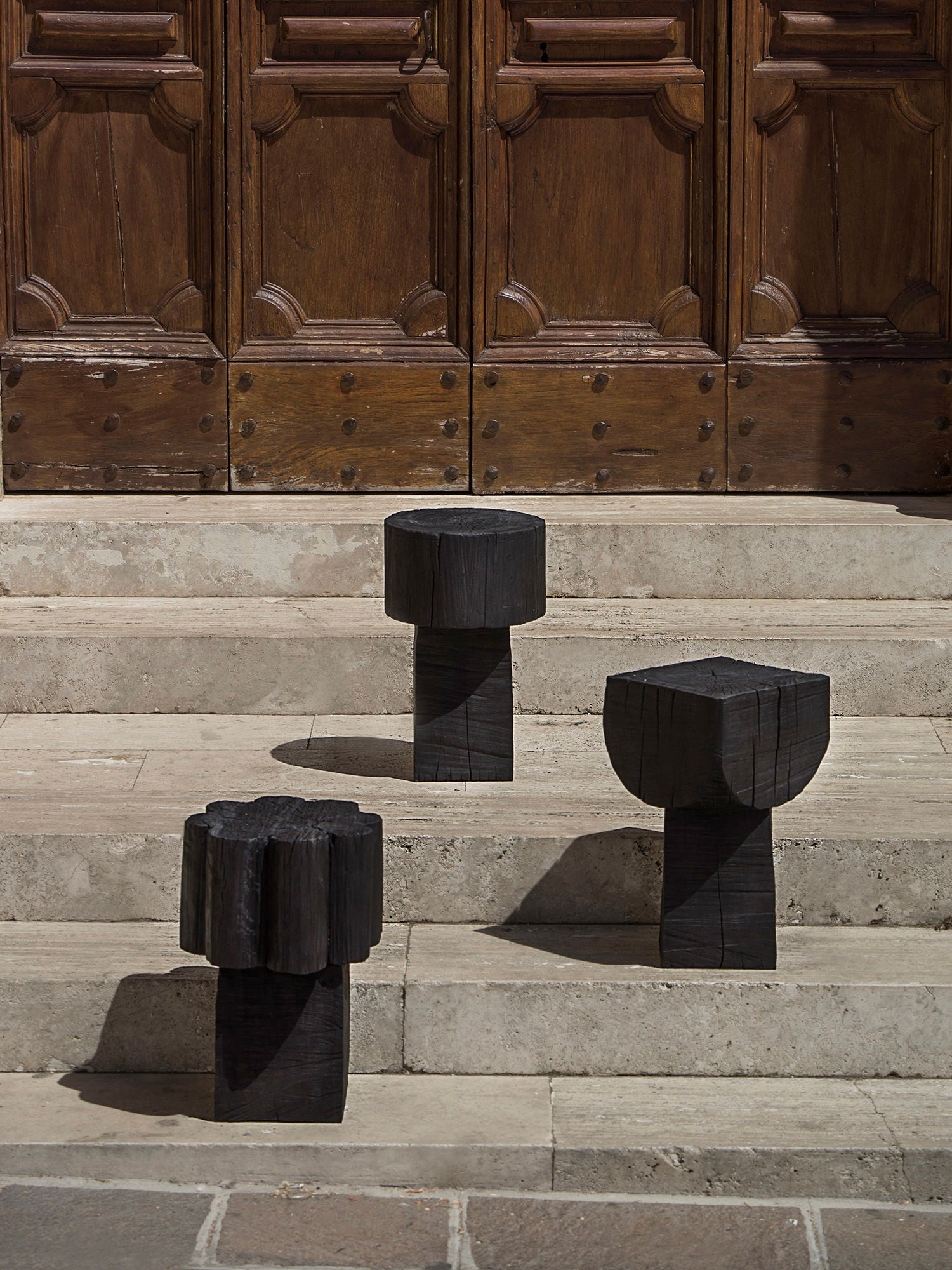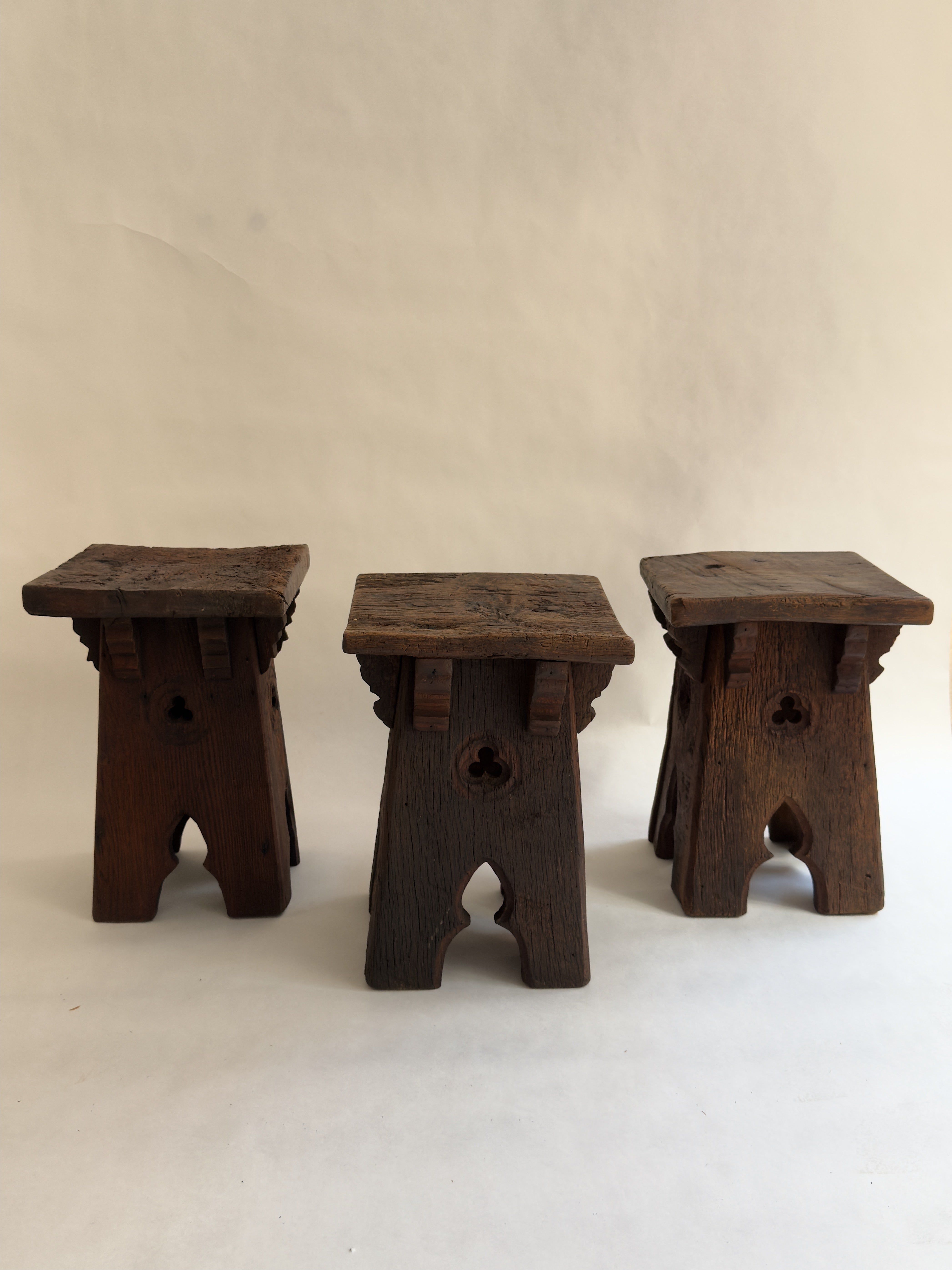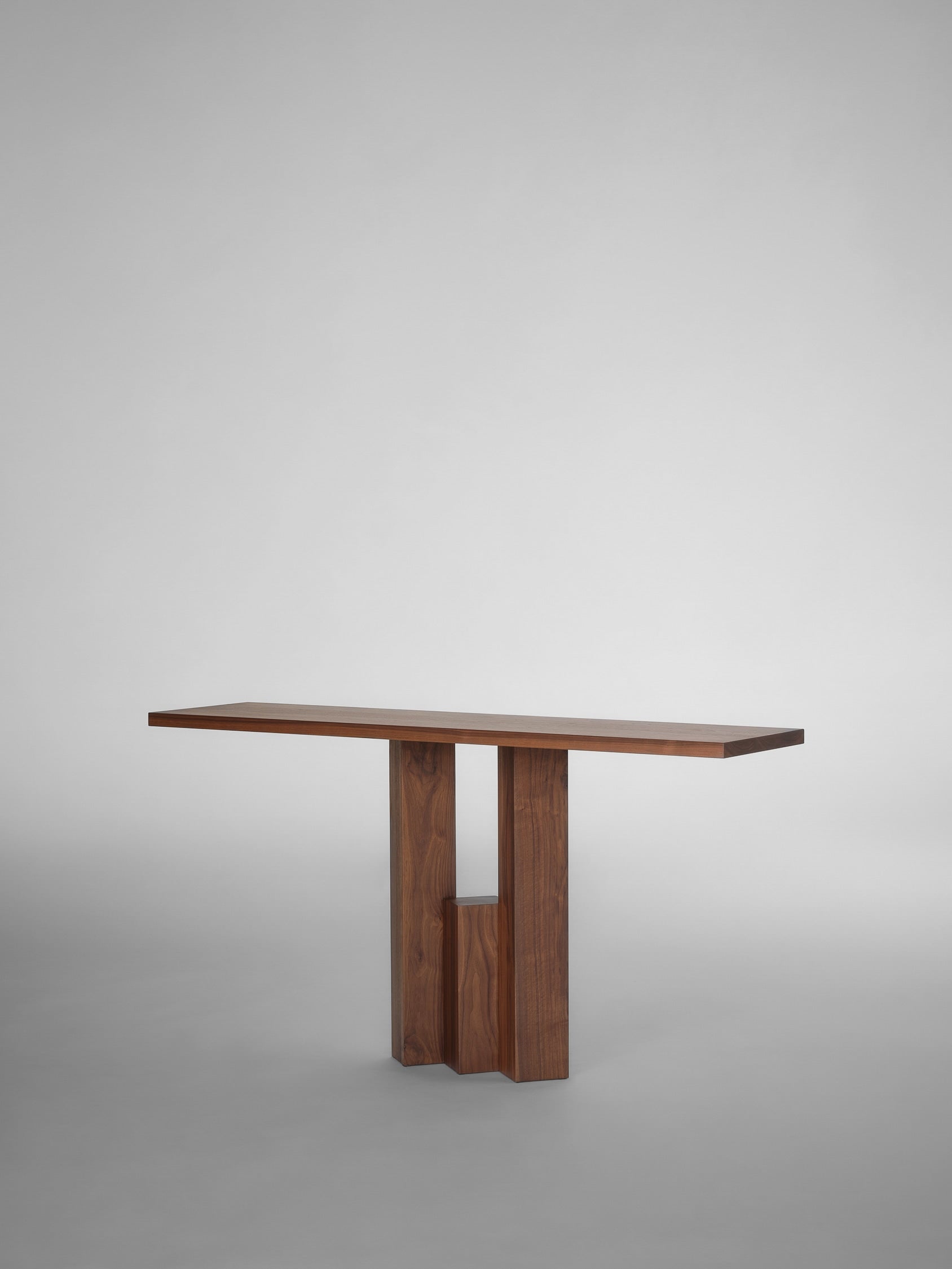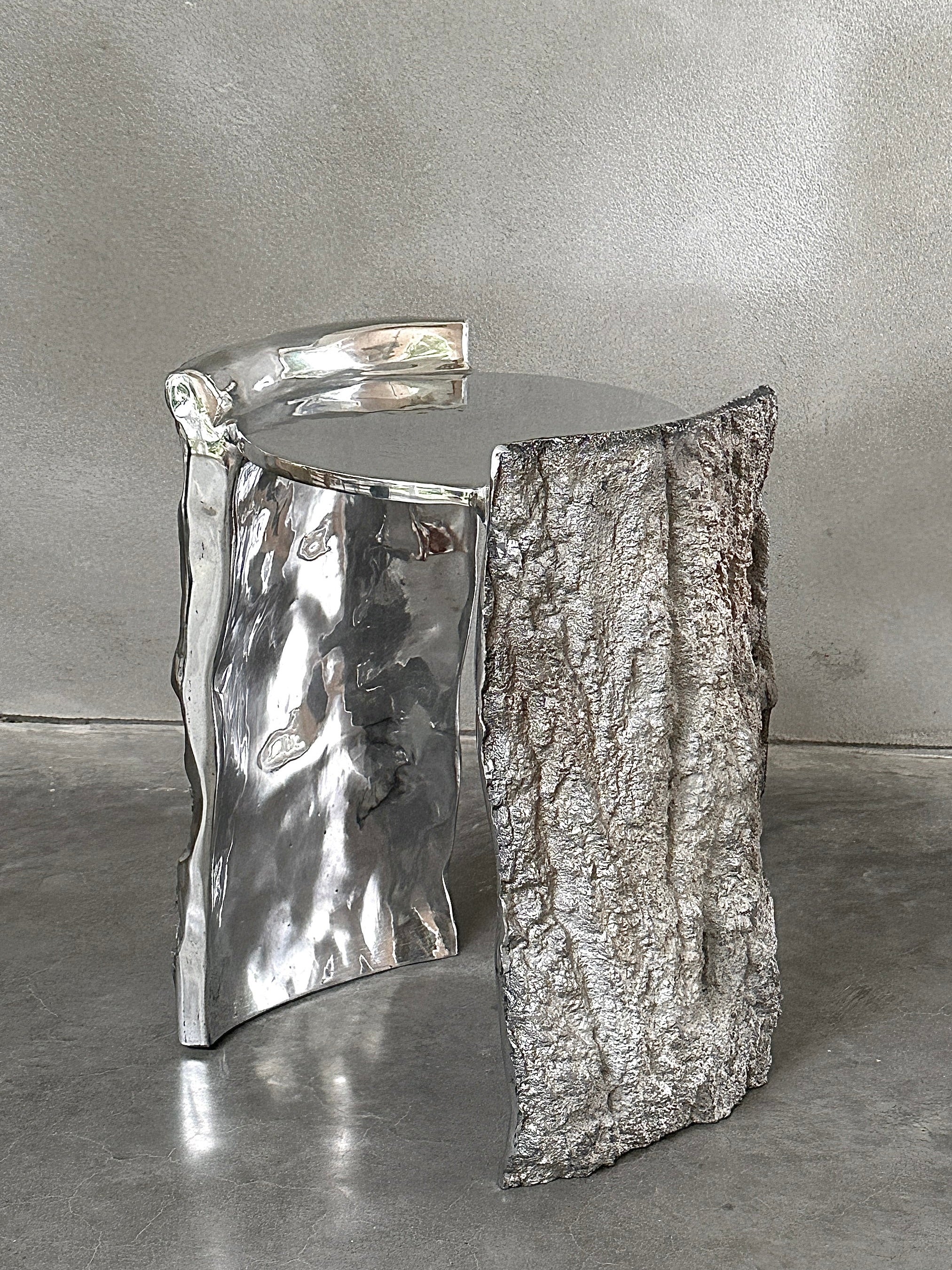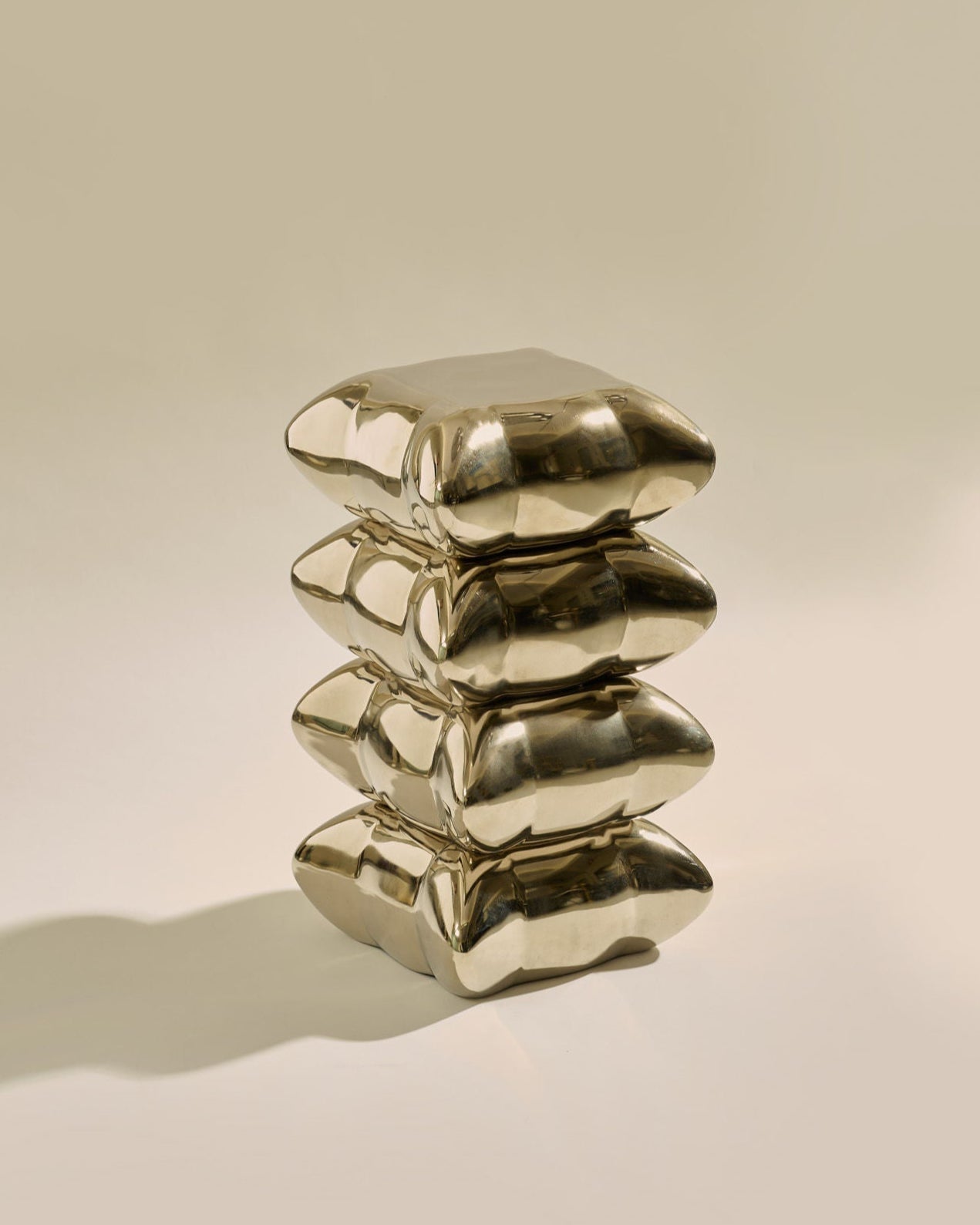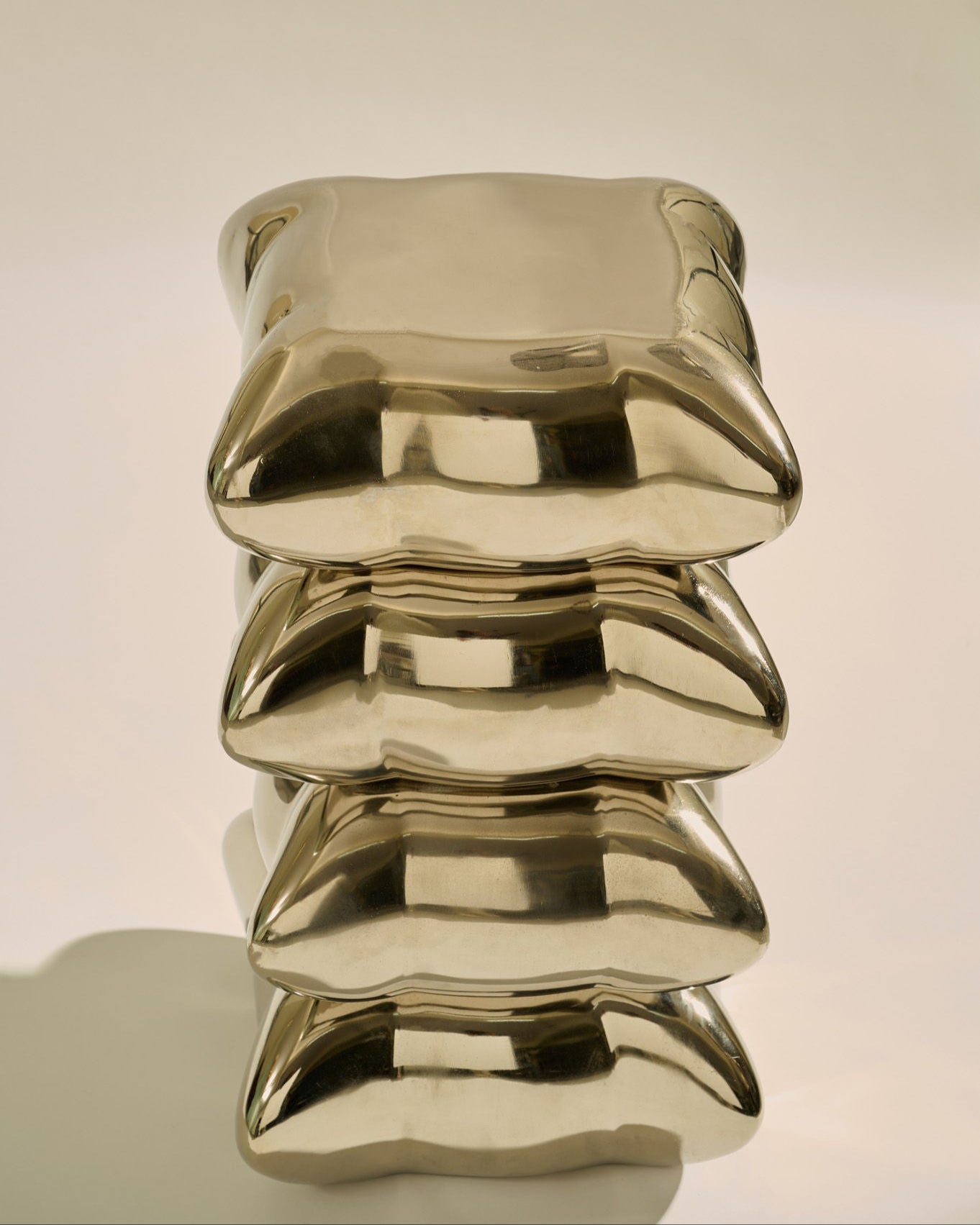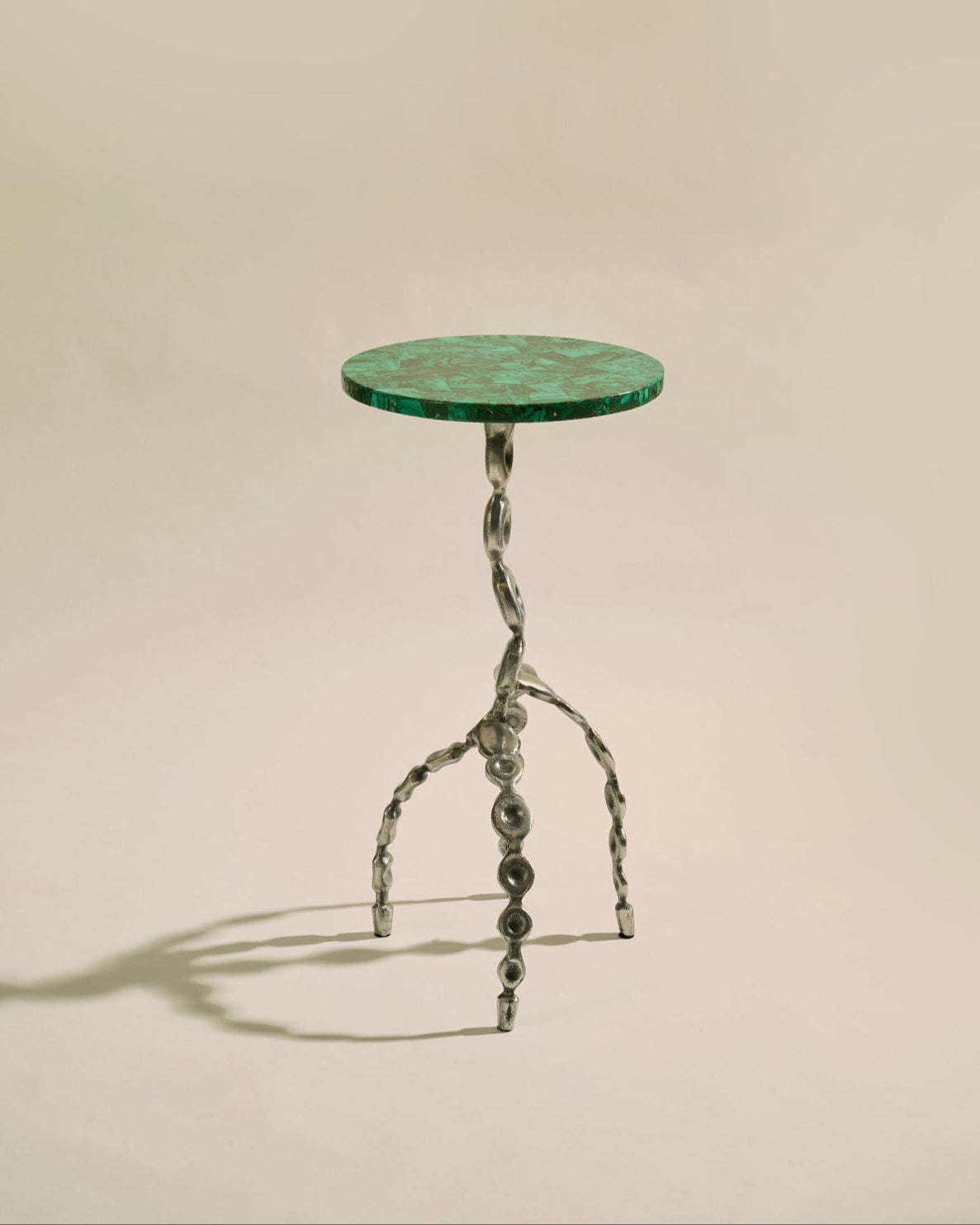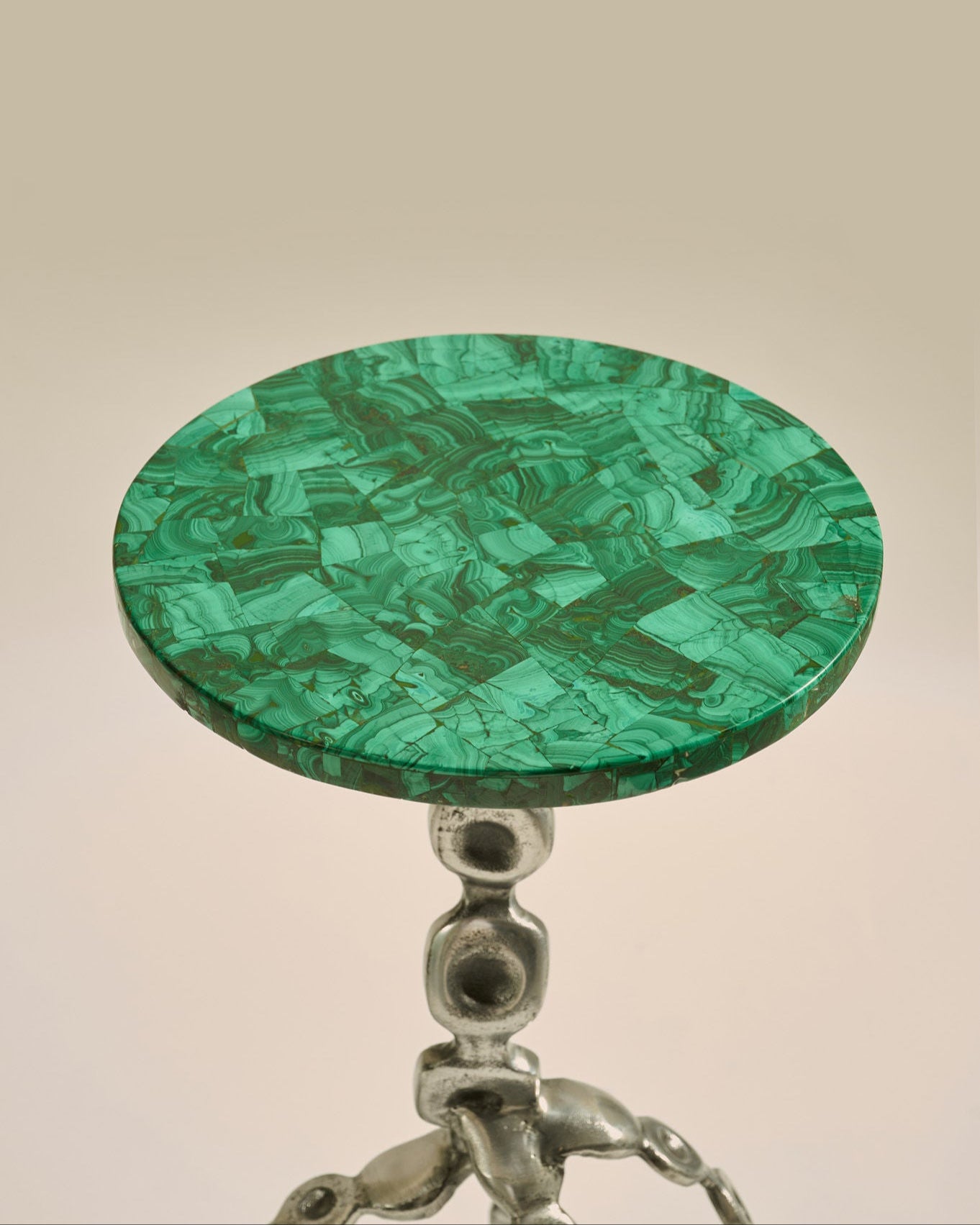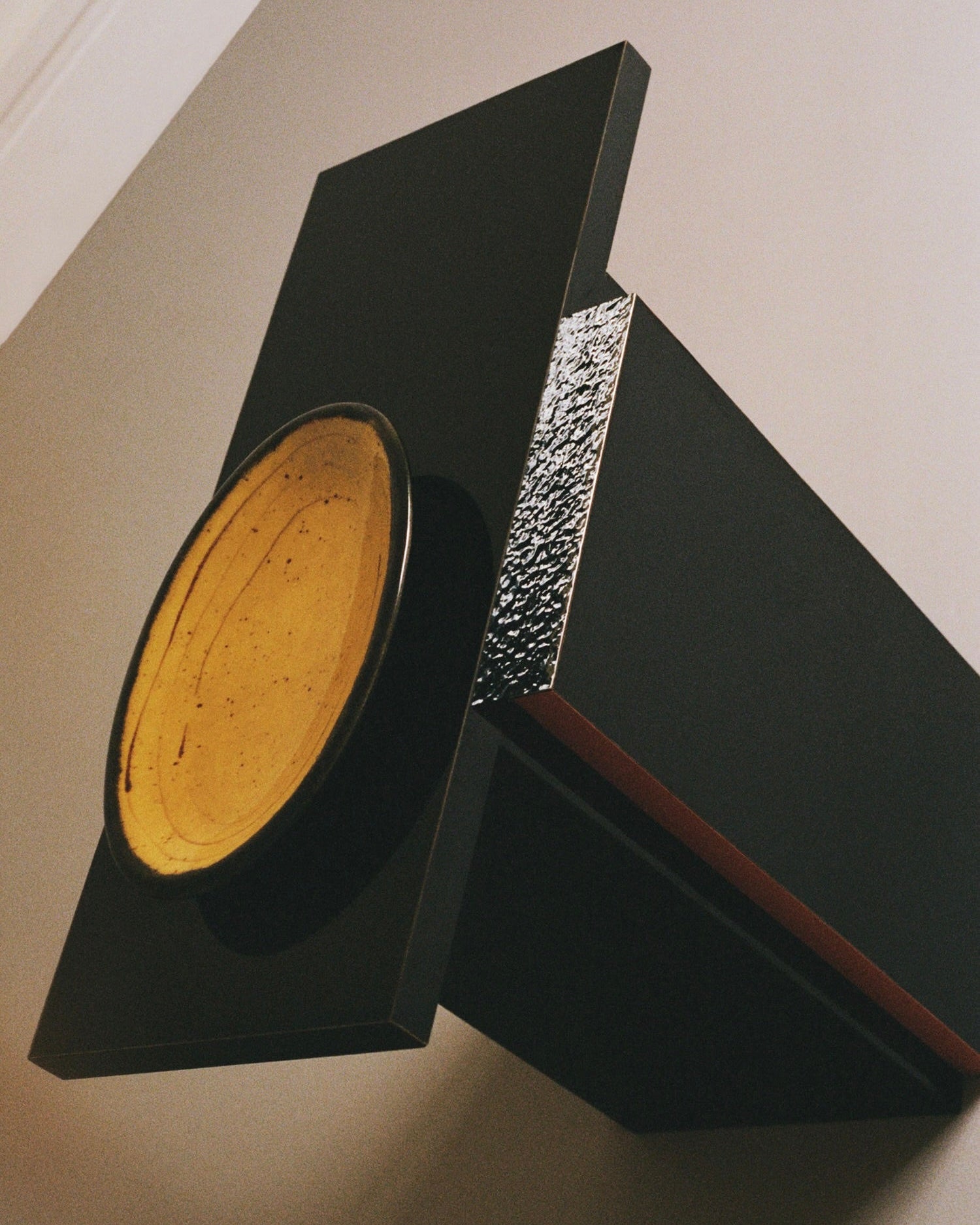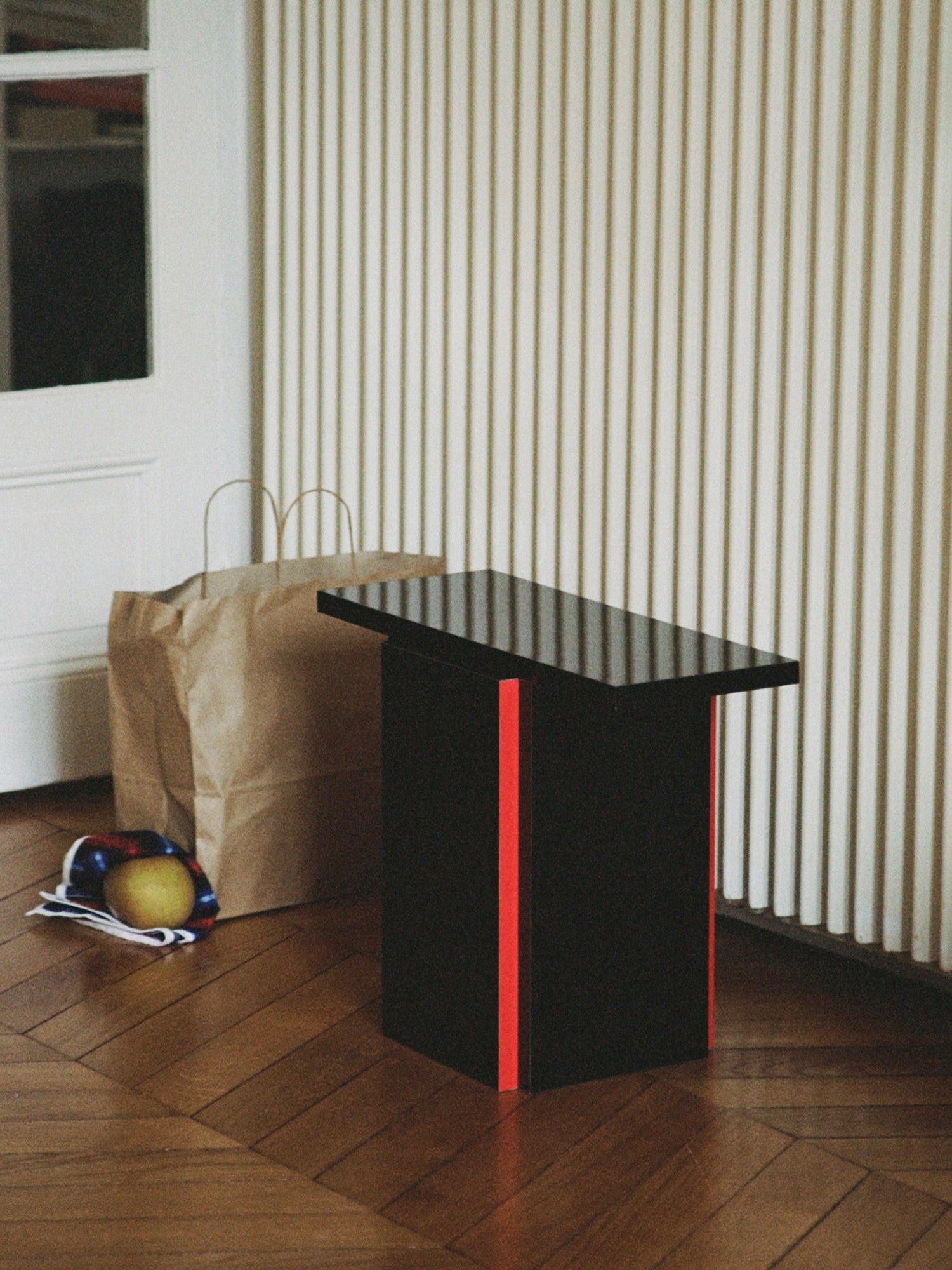Accent end tables are small-scale furniture with outsized decorative power. Whether you’re curating an eclectic corner or adding contrast to a modern setting, explore our full end tables collection to discover timeless and expressive designs that complement your space.
Accent End Tables
Show Filter
Filters
Amo Burl Wood and Honey Onyx Storage Table
Pillow Drink Table
Aetheris Table
Carlo - Medium desk set
Mara T Side Table – Red Line
5
of 5 products

